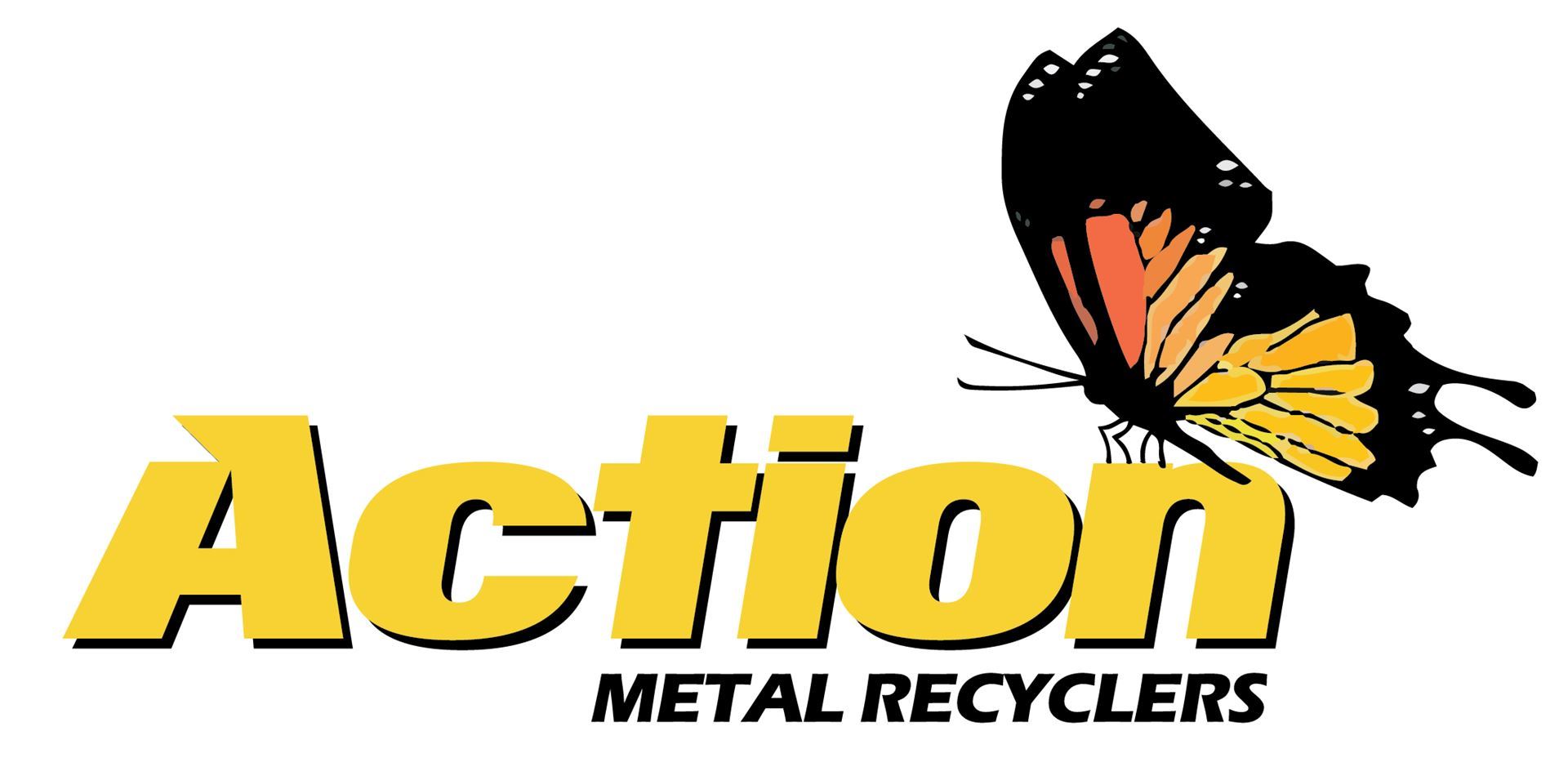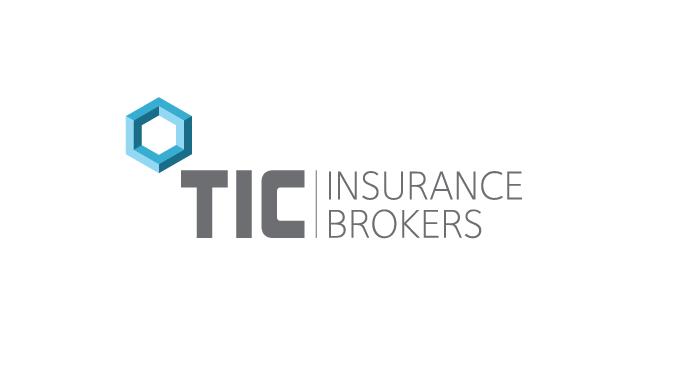
In Queensland there are a number of laws relating to building and renovating and there are specific laws designed to protect the health of the general community, particularly in relation to asbestos.
There are very strict regulations and safety standards which apply to the removal, handling and disposal of asbestos material and persons engaged in this type of work are required to be licensed (A Class licence or B Class licence) if handling or removing more than 10m2 of asbestos contaminated material. Home renovators may undertake asbestos related work if the area is less than 10m2 (refer www.asbestos.qld.gov.au), however strict requirements apply in relation to disposal – asbestos contaminated material cannot be placed in a Council home wheelie bin or put out for Council kerbside cleanup.
There are two types of asbestos - bonded and friable (loose). Bonded asbestos consists of a bonding compound (cement) combined with asbestos to form a solid material with the asbestos fibres bound tightly into the material. This is also known as ‘fibro’ or ‘AC sheeting” but there are a number of other products under a variety of names which also contain asbestos.
Friable (or loose) asbestos is not bound within a product and is more susceptible to becoming airborne. It is not commonly found in domestic houses, but may be found in old domestic heaters, sprayed asbestos ceilings, stoves, hot water systems, thermal lagging and fire protective clothing. It should be noted that, after time, even bonded asbestos products may become friable.
Some of the common places where asbestos may be found in and around your home include:
|
|
The Asbestos and Silica Safety Eradication Agency has launched the Asbestos Product Guide, an interactive online tool for identifying asbestos-containing materials (ACMs) used in Australia. It supports professionals like assessors and removalists with images, descriptions, and historical details of ACMs, and helps the public understand where asbestos might be found in buildings. The Guide includes visual and technical information but is intended to complement, not replace, professional testing.
|
Helpful information may also be found at: Queensland Government https://www.asbestos.qld.gov.au/ Asbestos and Silica Safety and Eradication Agency have a webpage on Asbestos Cement roofs. |
Asbestos Removal Checklist
- Identification –
before you start any extension, renovation or building project around
your home, office or warehouse, and if the structure was built prior to
1990, contact a professional who can identify if asbestos is present.
- Licences – make sure you engage only an appropriately licensed asbestos removal contractor.
Ask to see either:
- Certificate to perform prescribed activity with the Type of Work specified as Asbestos Removalist
- (also known as an A class licence), or
- B class licence.
Please note a B class licence holder is only permitted to work with bonded asbestos products. An A Class licence holder may work with both friable and bonded asbestos products.
3. Insurance – check that your contractor holds public liability insurance with asbestos inclusion and ask to see a certificate of currency for the insurance policy. You may also wish to see evidence of their WorkCover insurance.
4. Safe Removal Control Plan – ask to see this Plan which will detail the contractor’s process for removal and disposal of asbestos from the site.
5. Disposal – the safe disposal of asbestos is strictly governed by the Department of Environment and Science (DES). Ask to see the contractor’s or asbestos transporter’s documentation.
6. Clearance Certificate – obtain a clearance certificate from a qualified person other than the person who undertook the asbestos removal work.









